Zozaya Arquitectos, a well-known Mexican architecture studio, designed a serene 5,000-square-feet villa, overlooking the Pacific Ocean in one of the highest points of Punta Garrobo development in Zihuatanejo, Mexico. Known as Casa Mateo, the unique home is located on a cliff, encompassed by lush greenery, featuring indoor-outdoor spaces that offer panoramic views of the Pacific Ocean. The distinctive residential architecture with its interiors celebrates the surrounding natural landscape. The architecture firm’s brief was to craft a bungalow that met all the tenants of biophilic design. Bringing nature into the home, Zozaya Arquitectos includes water bodies within Casa Mateo.
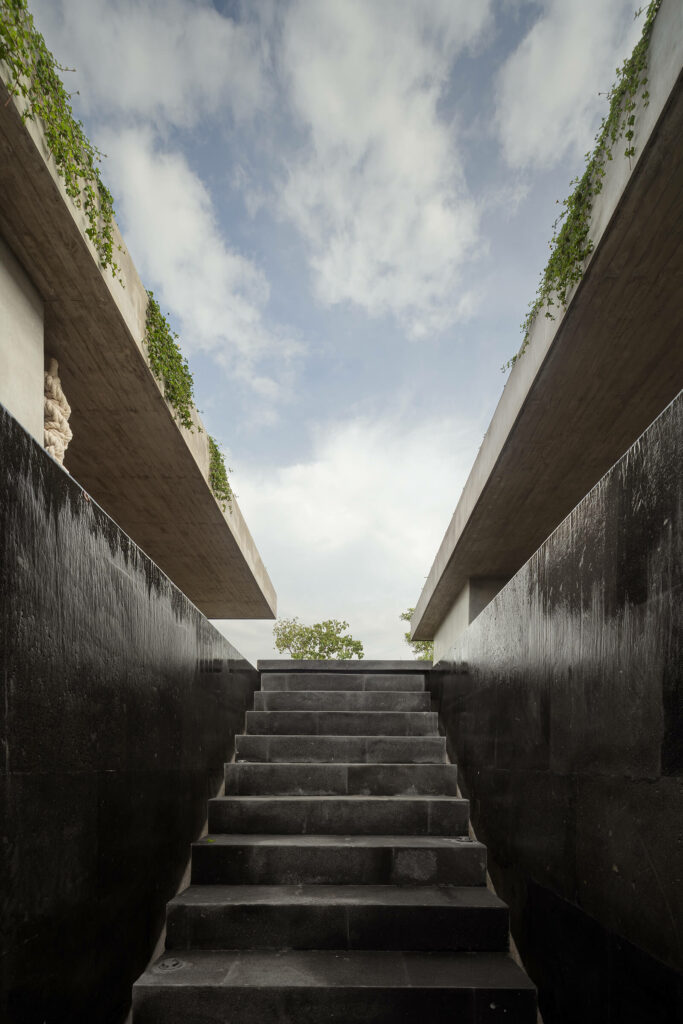
Evocative of a tropical resort, Casa Mateo offers its residents an opportunity to be one with nature, on a daily basis. “The challenge of the commission was to exalt the user’s connection with the natural context in their daily life. In this way, a patio of water and terraces, adds to the idea of creating atmospheres of relaxation, leisure and enjoyment. The objective was to achieve a very aesthetic, simple and comfortable house. One that maximises the views towards the Pacific Ocean and receives the best sea breeze in all spaces,” says Daniel Zozaya Valdes, director of design, Zozaya Arquitectos.
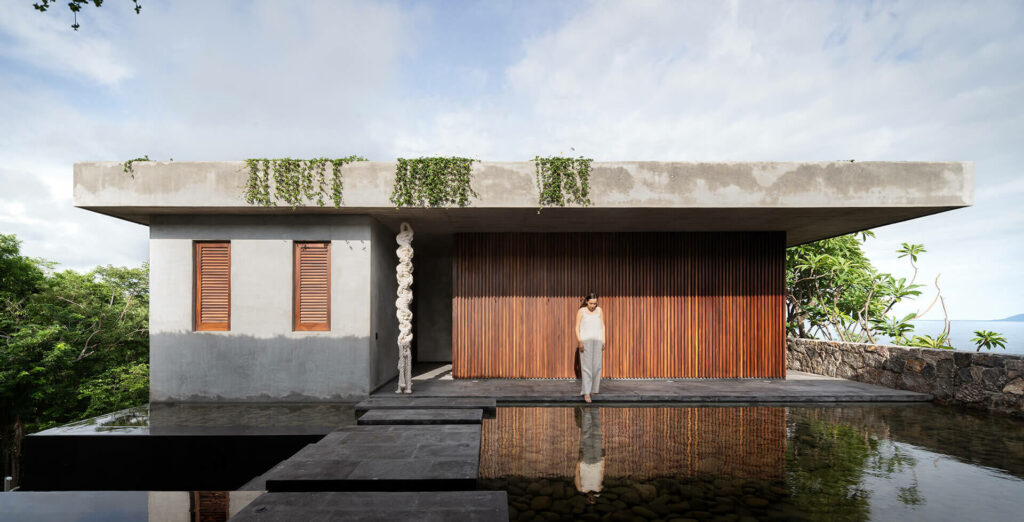
Zozaya Arquitectos is renowned for conceptualising homes with an inventive style, and for always prioritising environmental sustainability with the least possible impact to the natural site. “Our design philosophy is based on the observation and understanding of the natural context, the climate and the topography. We try to make architecture that blends as much as possible with the natural context, using local materials and construction techniques. The volumes come from the spatial design in plan, adapting as best as possible to the topography,” adds Valdes.
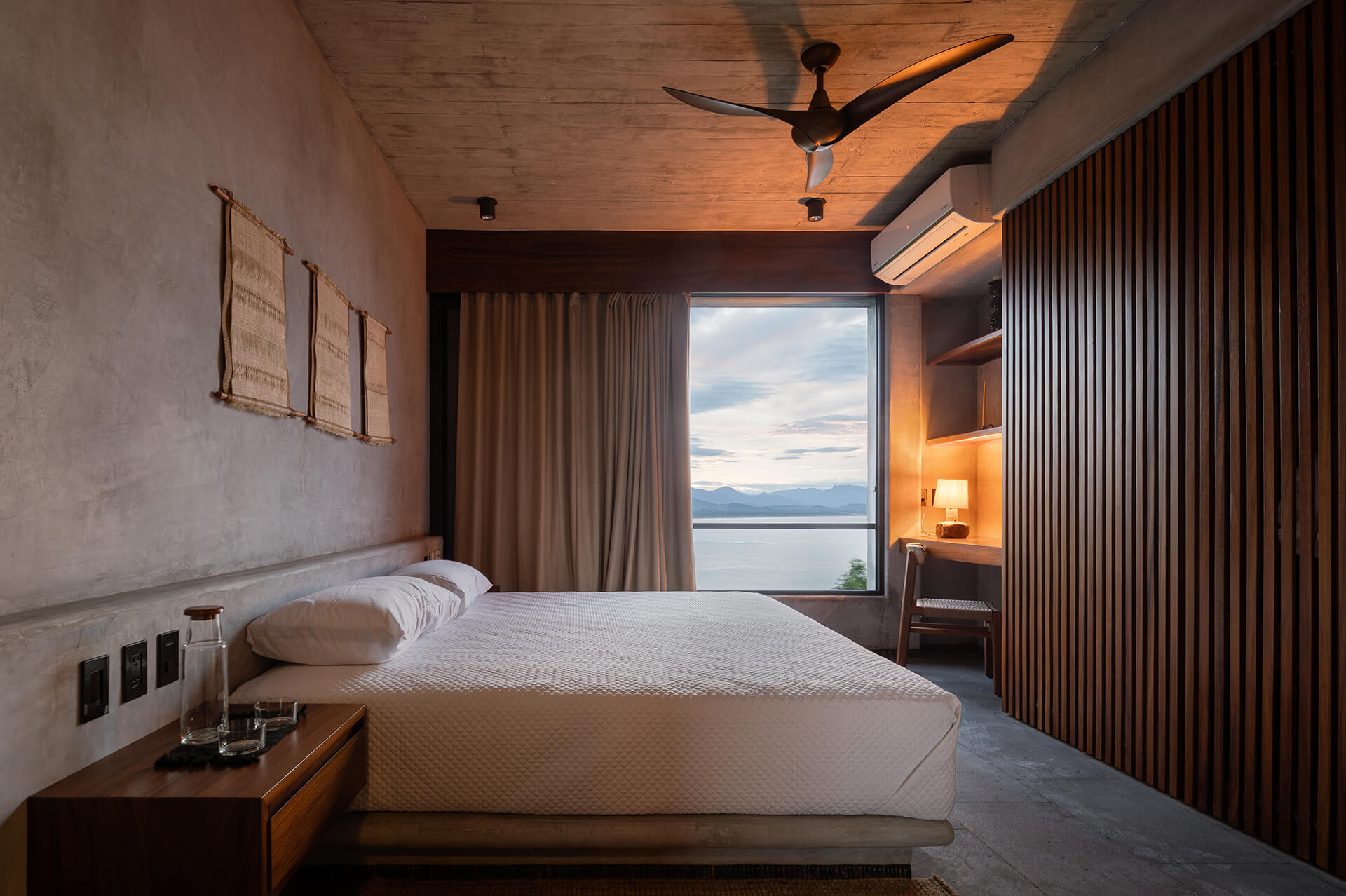
Casa Mateo exhibits Zozaya Arquitectos’ trademark design philosophy. The residential design keeps in mind the tropical weather conditions it will have to face. Visually, the villa can be best described as an example of tropical minimalism with a touch of vernacular architecture and hints of influence from Japanese architecture. “The inspiration for the design of the house was brutalist minimalism. Much of the Japanese design philosophy was also used in terms of the use of water in different areas of the house. The use of the indoor-outdoor space is very appropriate for the tropical climate of the region. You can practically live outdoors all year round and not experience cold or intense heat. The use of this type of space gives you the feeling of being outside but with the comfort of a roof and the possibility of being able to close and turn on the air conditioning if you require it,” mentions the Mexican architect.
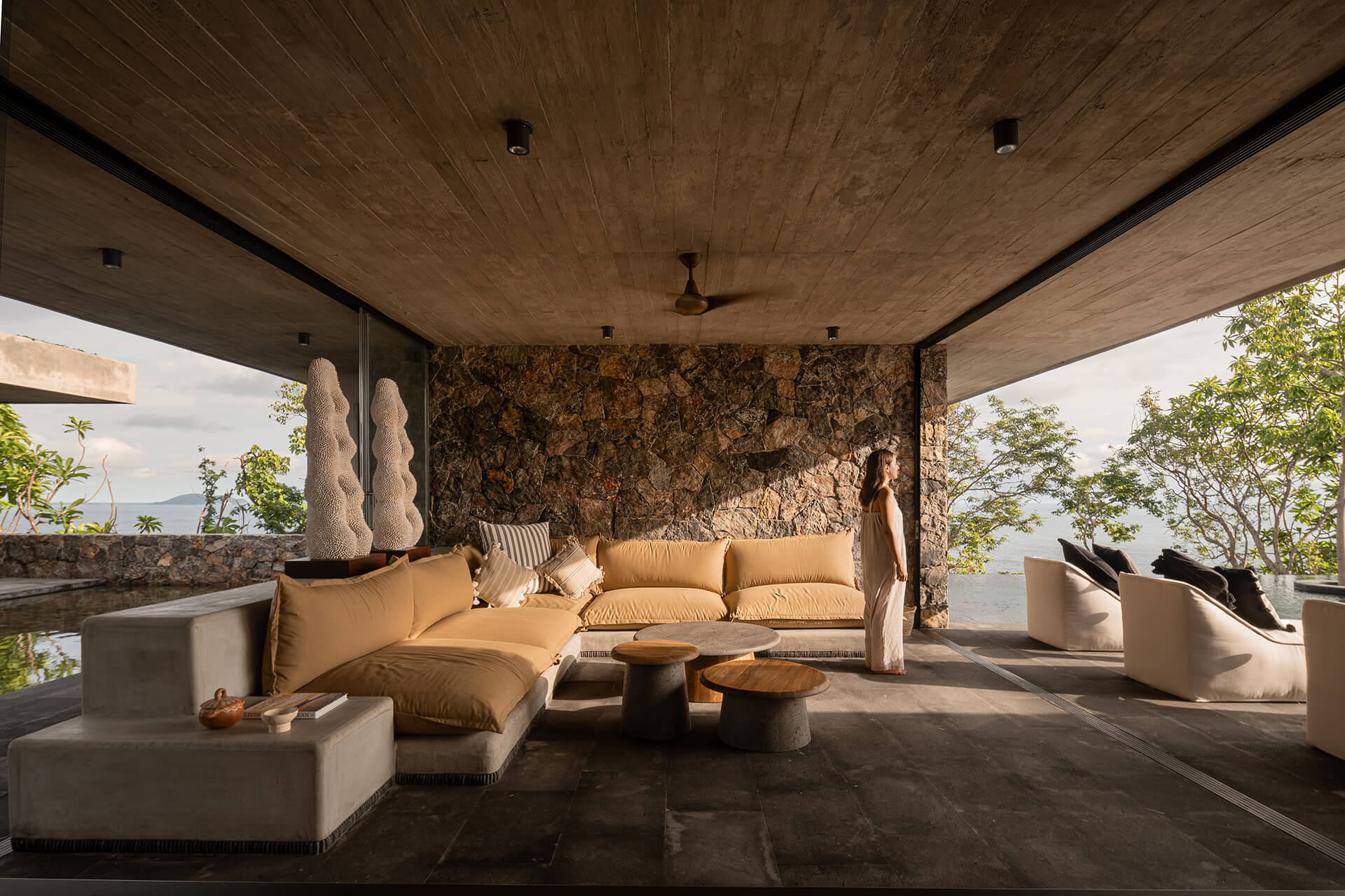
The road to Casa Mateo is through a winding mountain road that leads to the villa’s entrance. Greeted by an outdoor staircase that is enclosed by two stone-clad weeping walls. The first of many details in the villa that features an element of water in its architectural detailing is the staircase that leads to the central courtyard, which has a water feature with stepping stones to assist walking across it. The calming courtyard divides the home into two separate structures. One structure consists of three bedrooms with their respective bathrooms, while the second includes the living room, dining room and kitchen, which connects to a pergola terrace and grill. The social section of the villa also comprises a shaded outdoor dining area, a large sunken seating area, and an infinity pool. Nature is let in through expansive sliding glass windows and doors. The division in many ways separates the villa’s architecture into two programmatic sections—one consisting of the more private functions and the other the communal spaces. However, the primary bedroom is directly connected to the infinity pool and has views of the ocean.
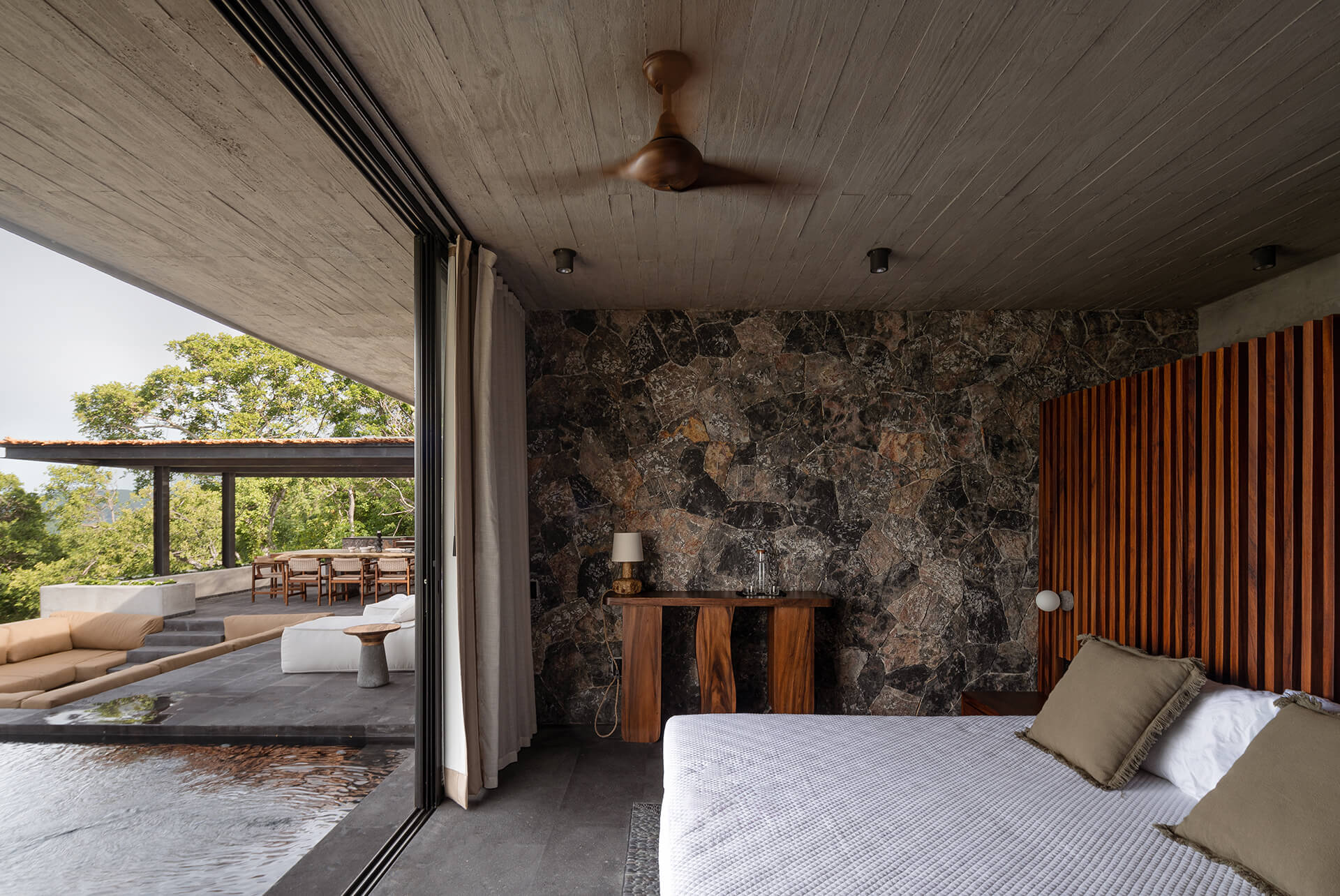
Casa Mateo’s material and colour palette was selected to reflect the surroundings. The colour scheme mainly features grey and black, with pops of colour coming from the outside. “The main structure materialises into apparent concrete and partition, as well as secondary elements of local stone and steel. We used traditional masonry materials for the structure such as red brick, cement and bars. For the finishes, we used concrete plaster, parota wood and Santo Tomas marble. Volcanic stone was utilised for the floors and water features. The colour palette we chose for the house was like the whole philosophy of less is more. Parota wood gives warmth to the house, resulting in a chromatic grey and coffee that coexist organically with the natural environment. We decided to go for a chromatic range of greys and blacks to highlight the natural tones of concrete, steel and volcanic stone. We also considered using a very homogeneous colour range due to the exuberant nature that surrounds the house. We believe that colours are brought by nature and sunsets,” remarks Valdes.
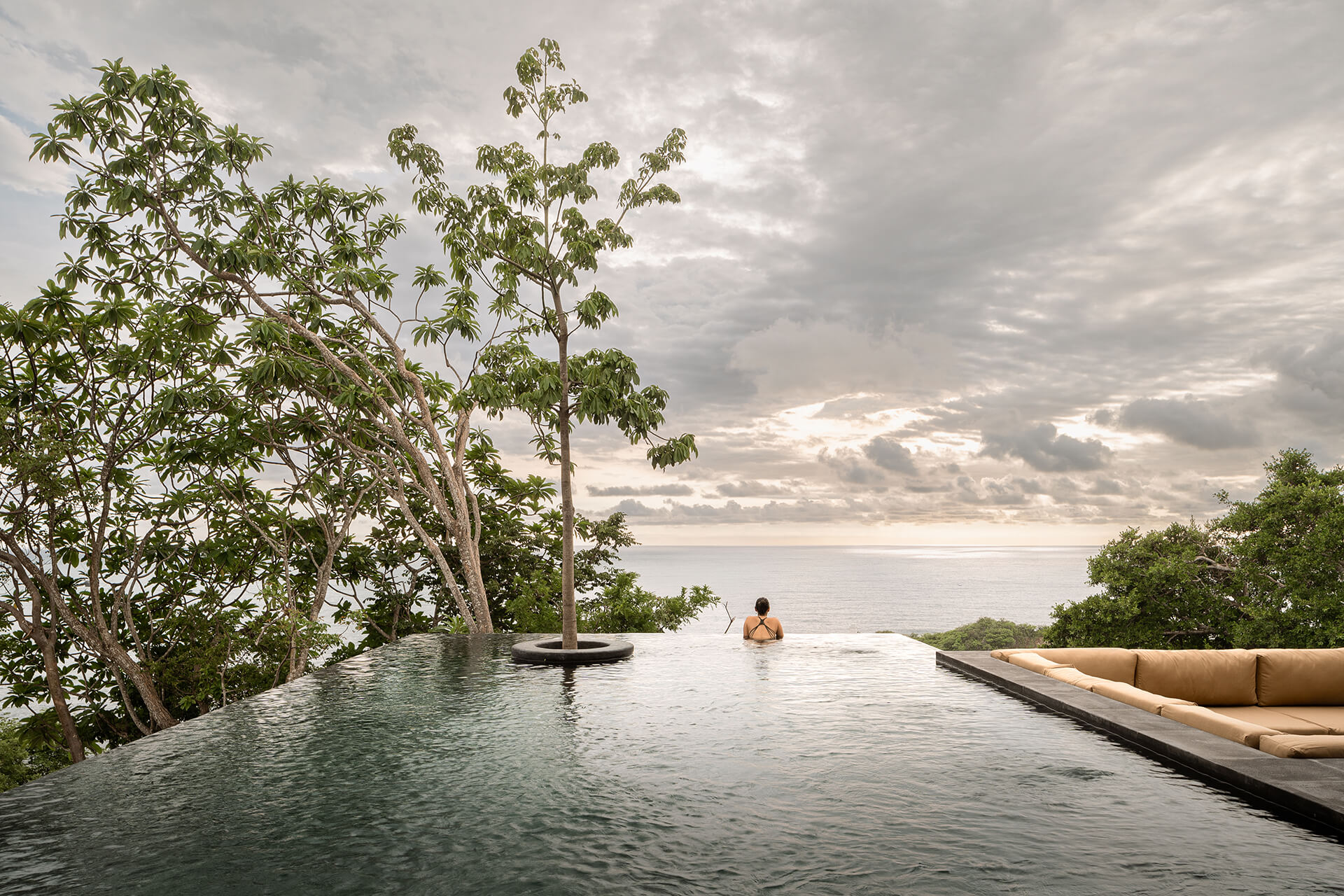
Without doubt, Casa Mateo’s highlight is its social areas that open into the awe-inspiring natural landscape. “The part of the home that we most enjoyed designing was the outdoor area, the pool, recessed chill area and pergola grill, it was an area that we discussed a lot with the client and we saw several options before reaching the final version. Additionally, one of the most important challenges in the house was the construction of the water features, we had to be sure that there were no leaks and that it would work in the best way. Always having water near the house is risky but we believe that it is well worth the atmosphere and aesthetics that it generates,” concludes Valdes.


